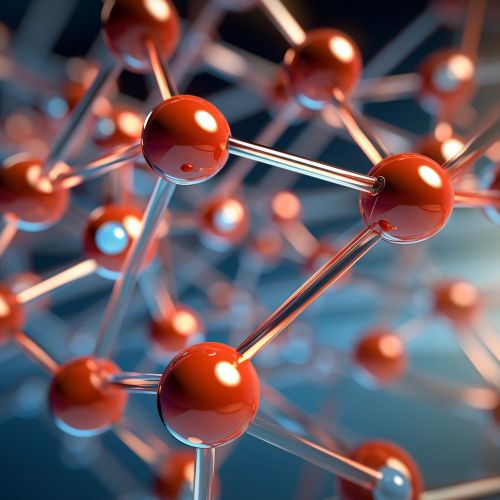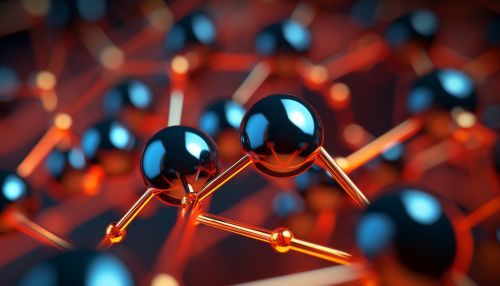Phenolic compound
Introduction
Phenolic compounds, also known as phenols or phenolics, are a large group of chemical compounds that are characterized by the presence of at least one phenolic group. These compounds are widely distributed in the plant kingdom and are integral to plant structure and metabolism. Phenolic compounds are also found in a variety of foods and beverages, including fruits, vegetables, whole grains, tea, coffee, and wine. They are known for their diverse array of beneficial health effects, including antioxidant, anti-inflammatory, and anticancer properties.


Classification of Phenolic Compounds
Phenolic compounds can be classified into several categories based on the number and arrangement of phenolic groups, as well as the nature of the carbon skeleton connecting these groups. The main classes of phenolic compounds include simple phenols, phenolic acids, flavonoids, stilbenes, tannins, and lignans.
Simple Phenols
Simple phenols are the simplest form of phenolic compounds and consist of a single phenolic group attached to an aromatic ring. Examples of simple phenols include phenol itself and its derivatives such as cresols and xylenols.
Phenolic Acids
Phenolic acids are a type of phenolic compound that contain a carboxylic acid group in addition to the phenolic group. They can be further divided into two subcategories: hydroxybenzoic acids and hydroxycinnamic acids. Hydroxybenzoic acids, such as gallic acid and salicylic acid, have a simple aromatic ring structure, while hydroxycinnamic acids, such as caffeic acid and ferulic acid, have a more complex structure with a three-carbon side chain attached to the aromatic ring.
Flavonoids
Flavonoids are a large and diverse group of phenolic compounds that are characterized by a 15-carbon skeleton, which consists of two aromatic rings (A and B rings) connected by a three-carbon bridge (C ring). Flavonoids can be further divided into several subclasses, including flavonols, flavones, isoflavones, flavanones, anthocyanidins, and flavanols (or catechins).
Stilbenes
Stilbenes are a type of phenolic compound that contain a 14-carbon skeleton, which consists of two aromatic rings connected by a two-carbon methylene bridge. The most well-known stilbene is resveratrol, which is found in grapes and wine and has been extensively studied for its potential health benefits.
Tannins
Tannins are a complex group of phenolic compounds that have the ability to precipitate proteins. They can be divided into two main types: hydrolyzable tannins and condensed tannins. Hydrolyzable tannins can be hydrolyzed to yield simple phenols and sugars, while condensed tannins, also known as proanthocyanidins, are polymers of flavan-3-ols.
Lignans
Lignans are a type of phenolic compound that are characterized by a 2,3-dibenzylbutane skeleton. They are found in a variety of plant foods, including seeds, whole grains, fruits, and vegetables, and have been associated with a reduced risk of chronic diseases such as heart disease and cancer.
Biosynthesis of Phenolic Compounds
The biosynthesis of phenolic compounds in plants involves several enzymatic reactions. The main pathway for the biosynthesis of phenolic compounds is the phenylpropanoid pathway, which starts with the amino acid phenylalanine. Through a series of reactions involving the enzymes phenylalanine ammonia-lyase (PAL), cinnamate 4-hydroxylase (C4H), and 4-coumarate-CoA ligase (4CL), phenylalanine is converted into 4-coumaroyl-CoA, which is the precursor for the biosynthesis of a wide range of phenolic compounds, including phenolic acids, flavonoids, stilbenes, and lignans.
Biological Functions of Phenolic Compounds
Phenolic compounds play a variety of biological roles in plants, including protection against ultraviolet radiation, defense against pathogens, and participation in plant growth and development. In addition, phenolic compounds are involved in the formation of plant color, flavor, and aroma, and contribute to the nutritional and sensory qualities of plant-based foods.
In humans, dietary intake of phenolic compounds has been associated with a reduced risk of chronic diseases, including heart disease, cancer, and neurodegenerative diseases. The health benefits of phenolic compounds are largely attributed to their antioxidant activity, which allows them to neutralize harmful free radicals and reduce oxidative stress. However, phenolic compounds also exhibit other biological activities, including anti-inflammatory, anticancer, antiviral, and antimicrobial properties.
Extraction and Analysis of Phenolic Compounds
The extraction of phenolic compounds from plant materials involves the use of solvents, such as methanol, ethanol, or acetone, often in combination with acid or base. The choice of solvent depends on the nature of the phenolic compounds and the plant material. After extraction, the phenolic compounds can be analyzed by various techniques, including high-performance liquid chromatography (HPLC), mass spectrometry (MS), and nuclear magnetic resonance (NMR) spectroscopy.
